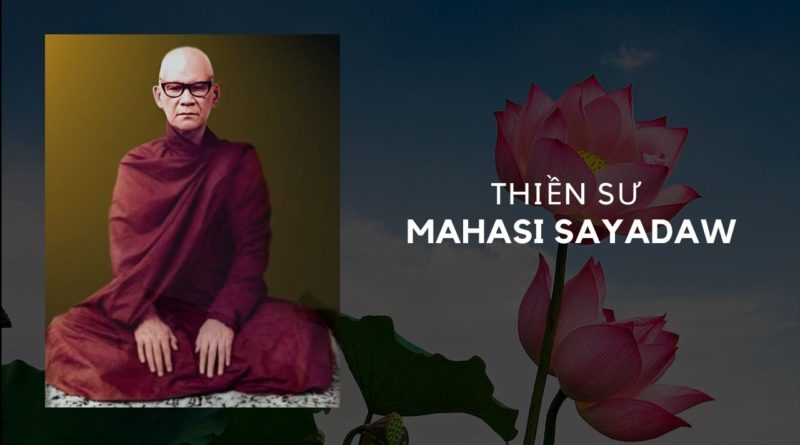Buddhist Meditations – TRANQUILITY VS. INSIGHT (BY MAHASI SAYADAW)
What do we meditate on? How do we develop insight? These are very important questions.
The two kinds of meditation are Samatha (tranquility) and Vipassana (insight). Meditating on the ten devices (kasina) only gives rise to tranquility not insight. Meditation on the ten foul things (a swollen corpse, for example) only gives rise to tranquility not insight. The ten recollections, such as recollection of the Buddha or the Dhamma, also only give rise to tranquility not insight. Meditating on the thirty-two parts of the body such as hair, nails, teeth, and skin, also does not give rise to insight. It only develops concentration.
Mindfulness of the respiration is also used for the development of concentration, but one can also develop insight from it. The Visuddhimagga, however, includes it in the category of objects for tranquility meditation, so we will also include it as such.
Then there are the four divine abidings: loving-kindness, compassion, sympathetic-joy, and equanimity, the four formless meditations leading to the formless jhānas, and contemplation on the loathsomeness of food. All of these are objects for tranquility meditation.
When you meditate on the four elements inside your body, it is called the analysis of the four elements. Although this develops concentration, it helps to develop insight as well.
All these forty subjects of meditation are used to develop concentration. Only respiration and the analysis of the four elements are used for insight. The other objects will not give rise to insight — to gain insight, you will have to work further.
To return to our initial question, “How do we develop insight?” The answer is, “We develop insight by meditating on the five aggregates of attachment.” The mental and physical phenomena inside living beings are aggregates of attachment. They may be grasped with delight by craving, which is ‘sensual attachment,’ or they may be grasped by wrong view, which is ‘attachment to views.’ You have to meditate and see them as they really are. If you don’t, you will grasp them with craving and wrong view. Once you see them as they really are, you will no longer grasp them. This is how you develop insight.
Source: http://www.yellowrobe.com/practice/meditation/223-tranquility-vs-insight.html

